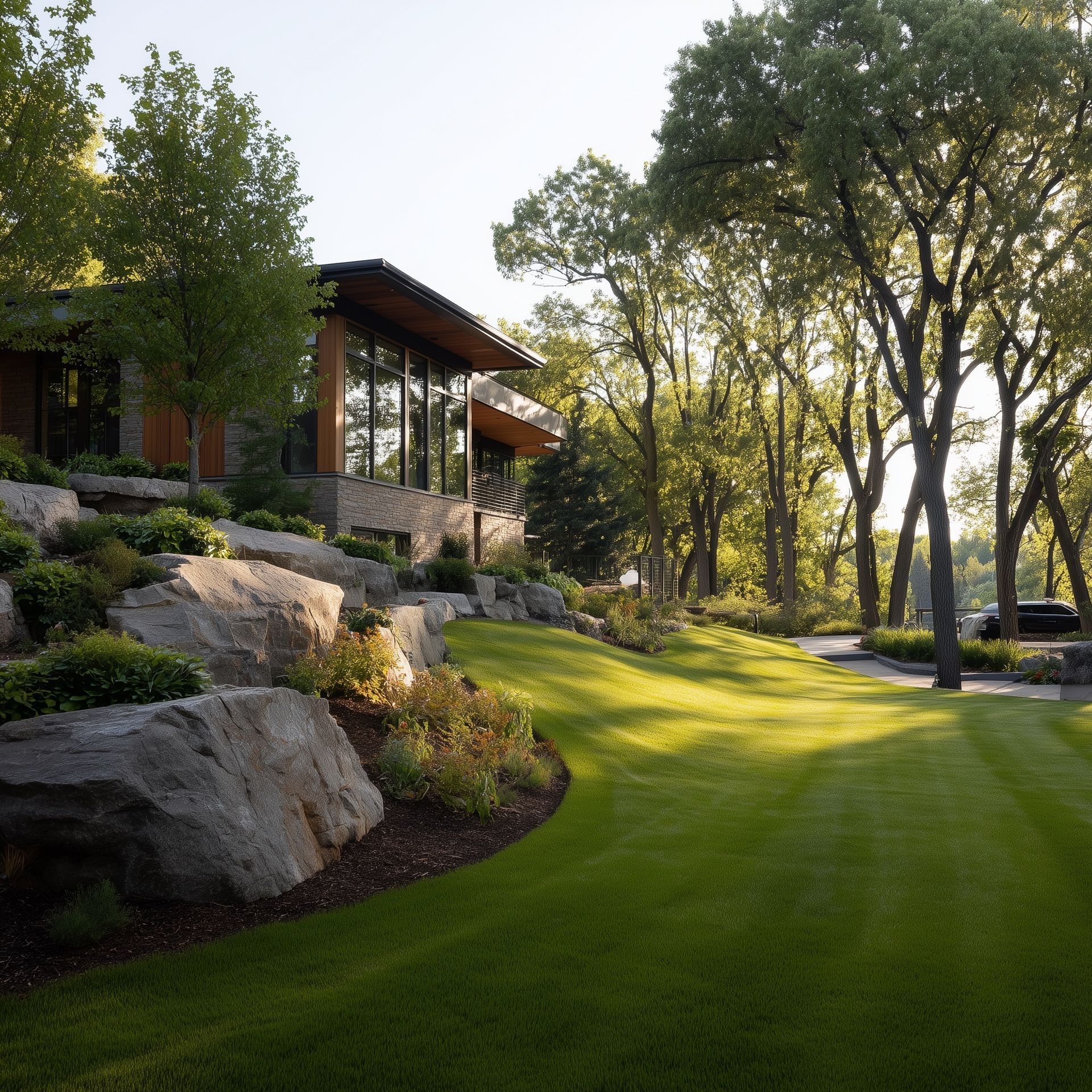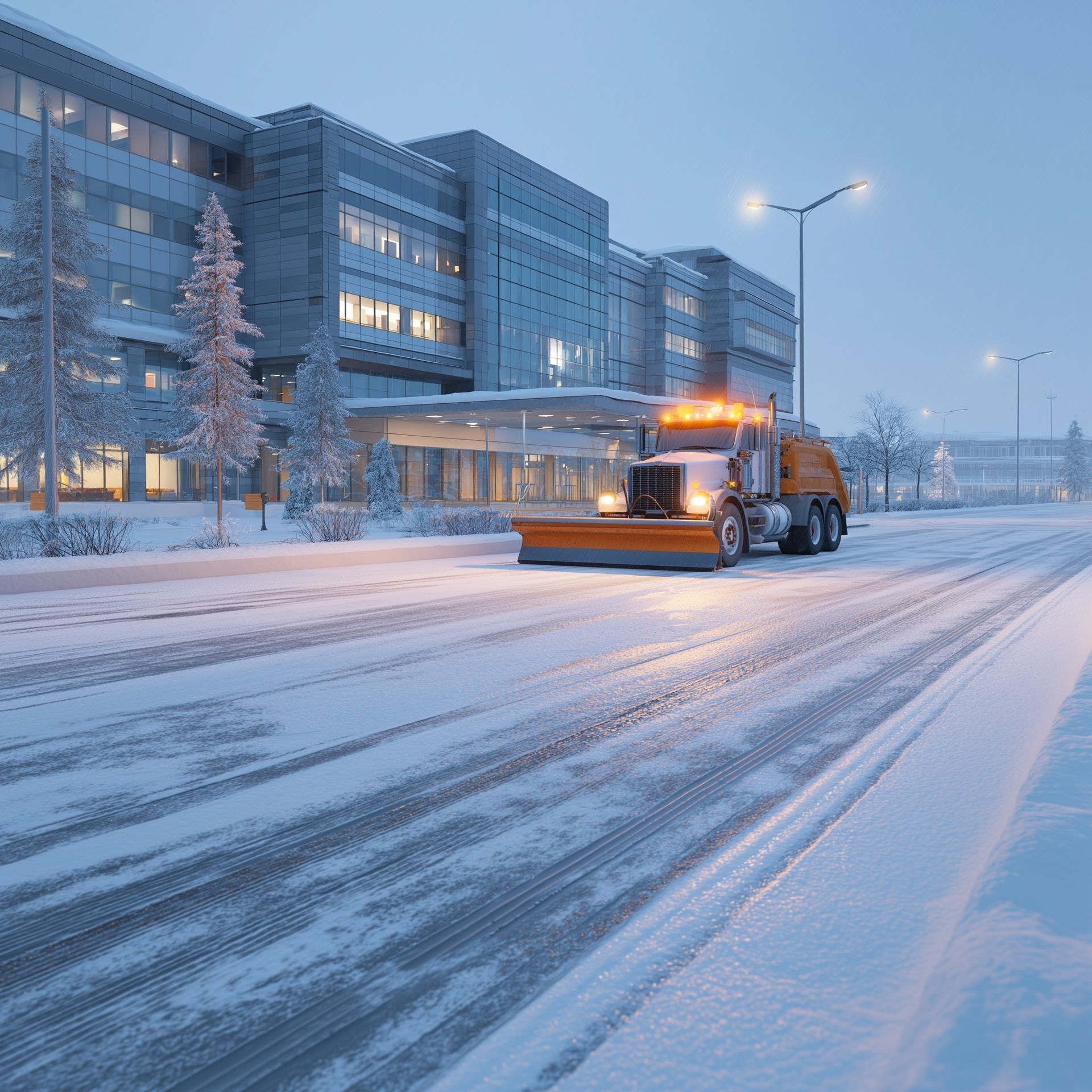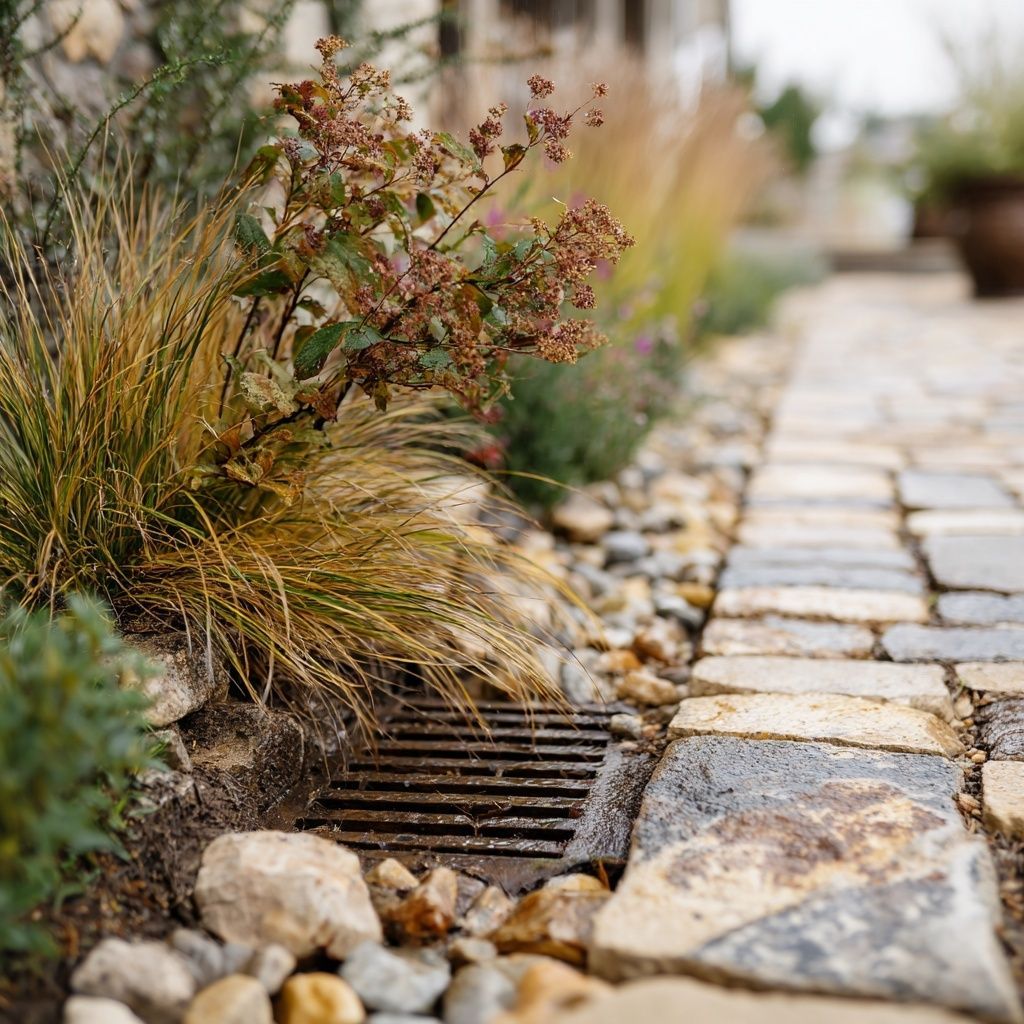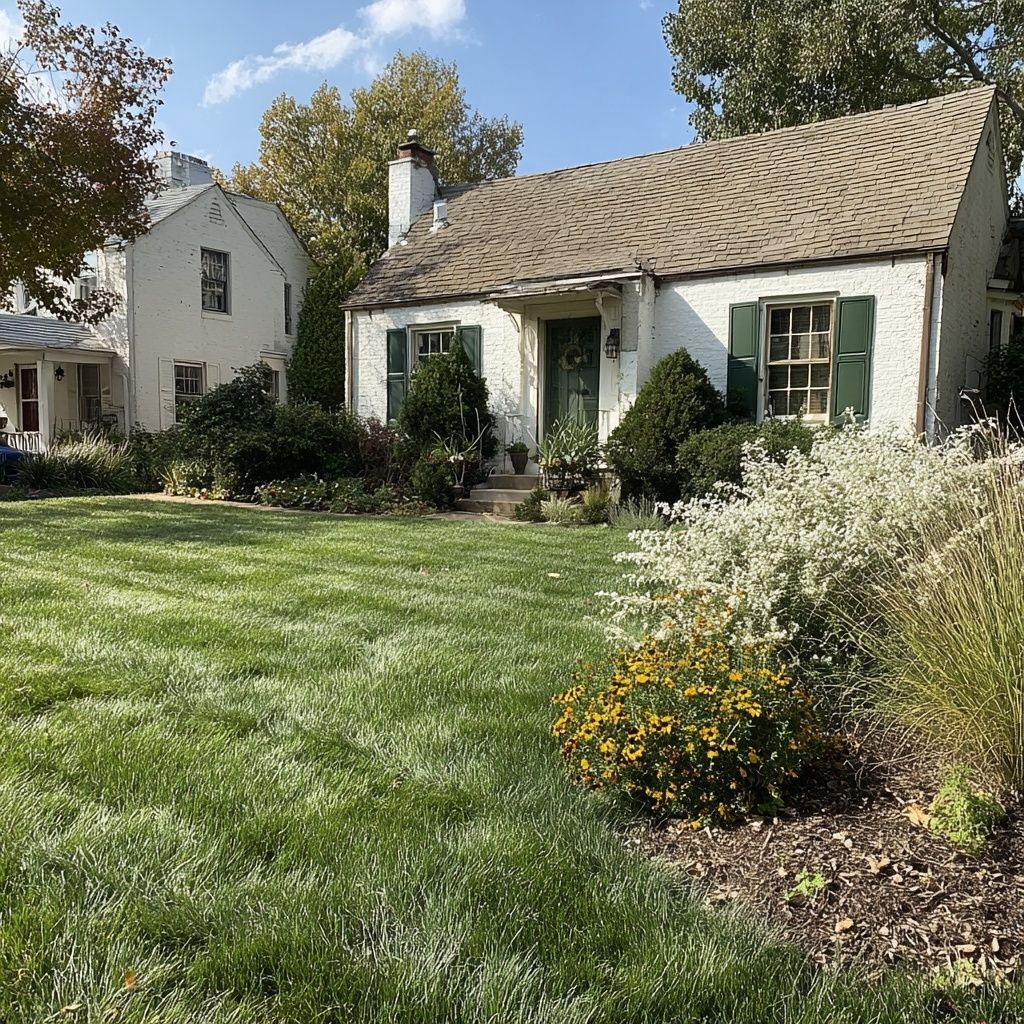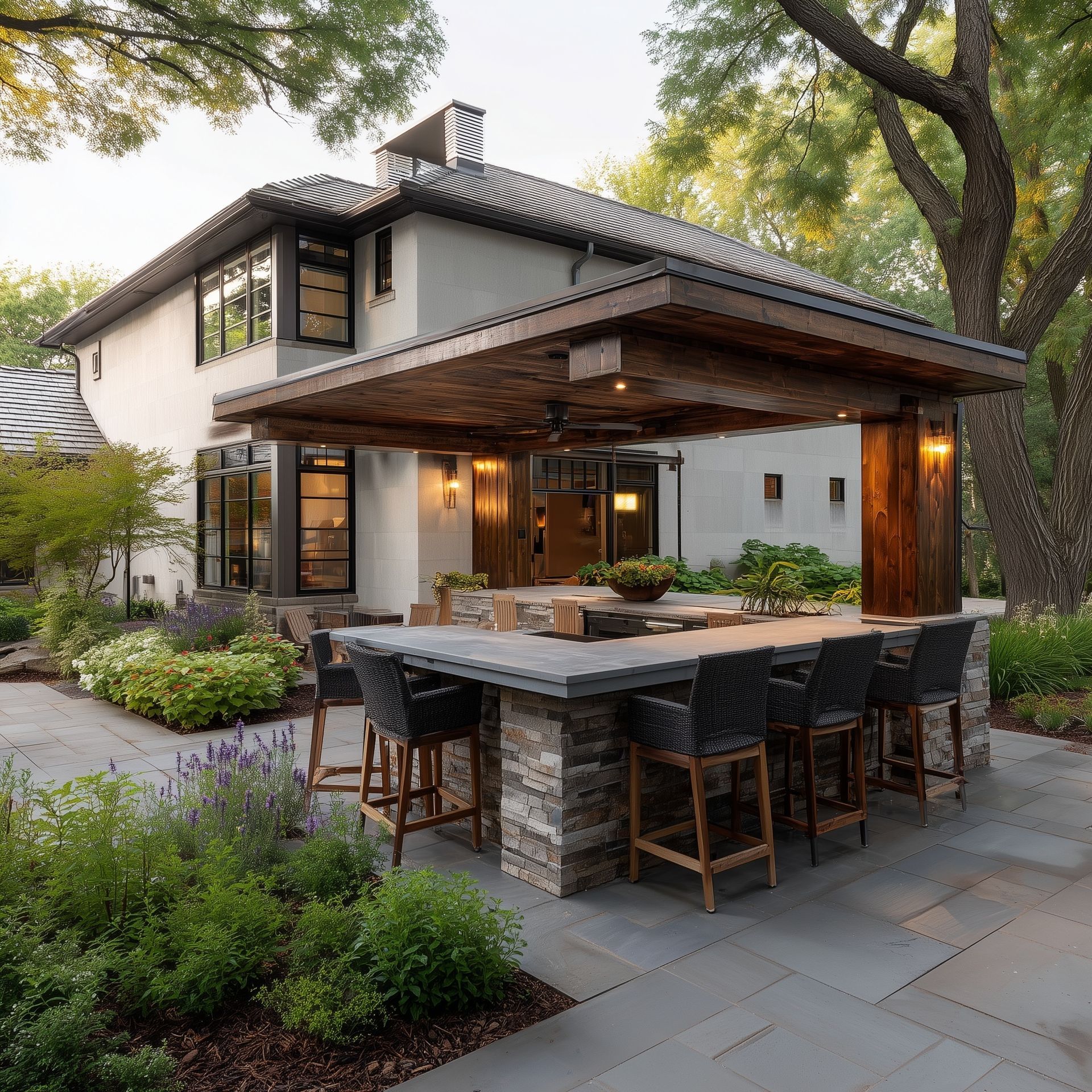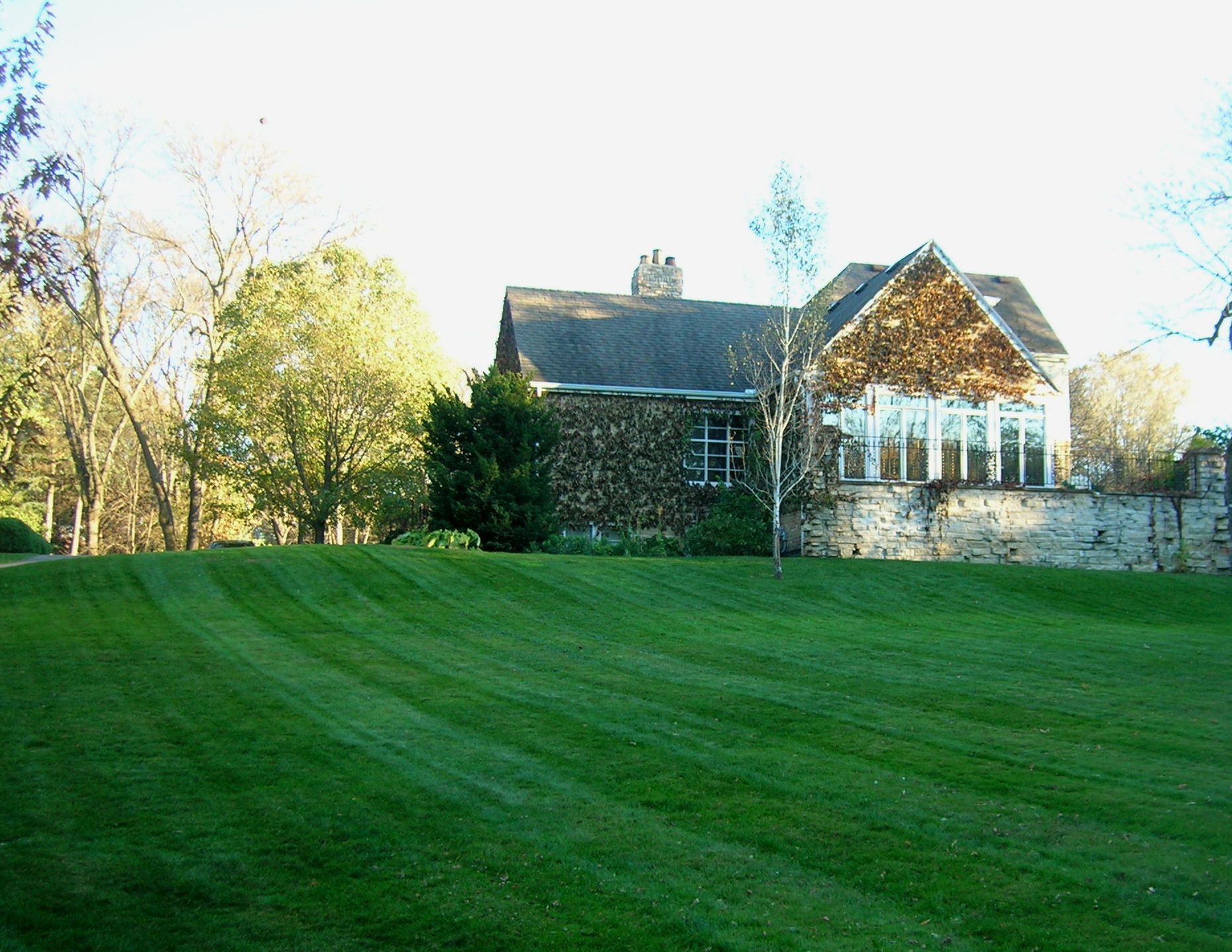Smart Irrigation Systems
As crazy as it sounds, the future is here… for irrigation systems
anyway.
What is a Smart Irrigation System?
A smart irrigation system consists of a controller that is connected to your home’s wifi network. The rest of the system is the exact same as any other irrigation system. The power of the smart irrigation system comes from using historical data about rainfalls, current rainfall totals from a rain sensor, and future forecasts to predict the rainfall totals for your area. You can even input data like plant density, soil composition, and the slope of your lawn. The controller will then take this data into account when making your watering schedule and tailor the watering for each specific zone. Using this computing power takes all the work out of your hands.
Many of the newer smart controllers also have apps attached to them. That gives you the power to control your irrigation system from inside your house or if you’re away on a business trip.
Why should I have one?
Cyber Rain Smart Irrigation Controller
A particularly wet June? Your irrigation system won’t run as much. Do you have clay in parts of your lawn soil? It’ll water that area for smaller amounts but more often to prevent water run off. Did the power go out and your controller get reset? No problem, a smart irrigation controller will automatically connect to the internet and reset from the previous controls.
Here’s a list:
Smart irrigation controllers also help to bust 5 Minnesota Irrigation Myths.
How do I convert to a Smart Irrigation System?
Lono Smart Irrigation System
It’s incredibly simple. Write down the zone numbers and wire colors from your current controller. Disconnect the power and all the wires. Mount your new controller and hook the wires up in the same order as before. The rest is just inputting your zip code and some other information about your lawn. Many of the smart irrigation controllers on the market now are between $200 to $300. The money savings will start immediately.
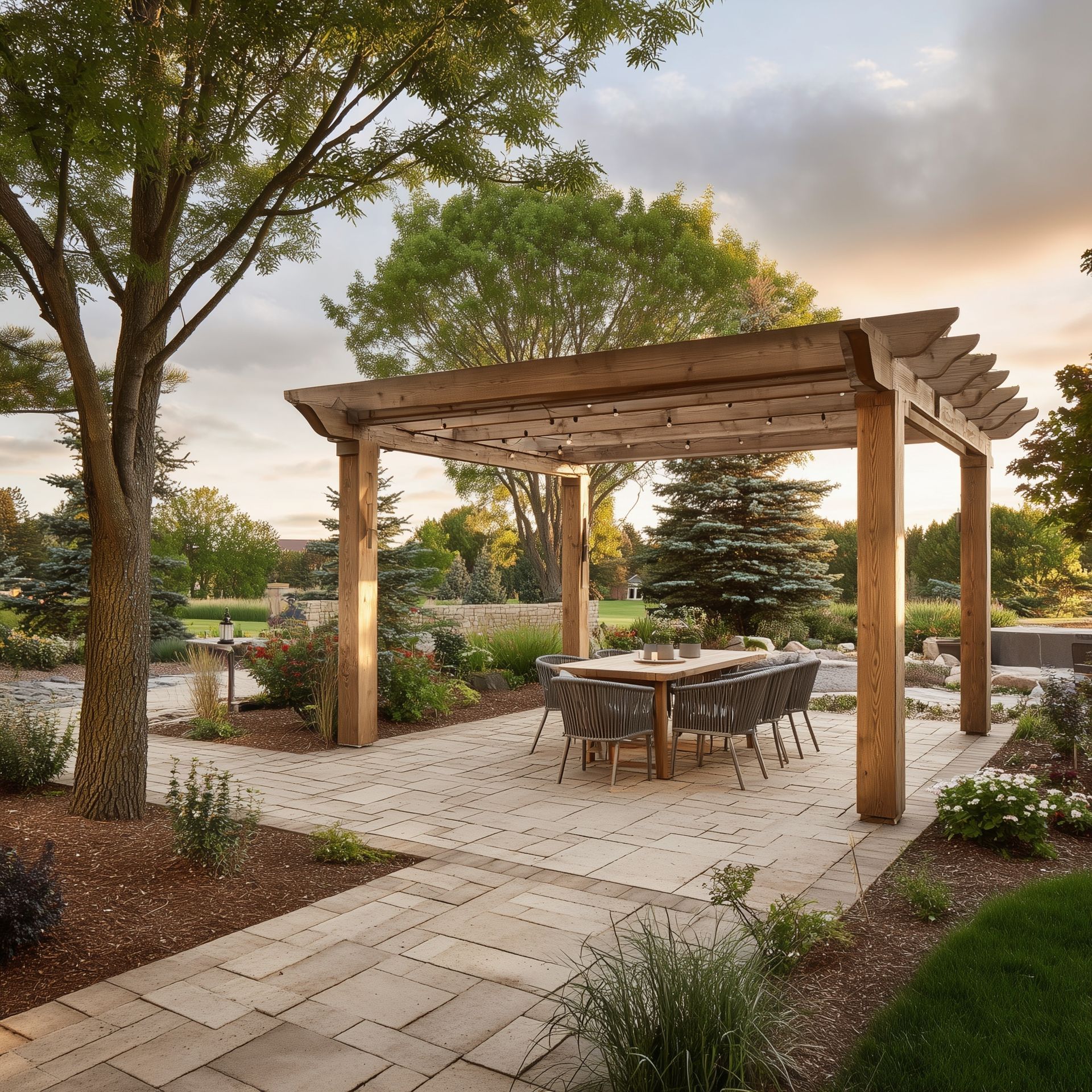
When Pergolas Don’t Last, There’s Always a Reason After nearly two decades of building outdoor spaces across Medina, I’ve seen what happens when pergolas aren’t designed for Minnesota’s conditions. You can spot them a mile away—posts that lean, beams that twist, and concrete pads that have heaved out of level after just a couple of winters. It’s not because homeowners cut corners intentionally. It’s usually because whoever built it didn’t account for what our climate really does to structures that aren’t anchored right. Medina’s heavy clay soil doesn’t drain well. It holds moisture, freezes solid, and then expands like a hydraulic press pushing on everything above it. When pergolas are set on surface-level post bases, that pressure has nowhere to go but up—and the whole thing moves. Even small shifts can cause joints to separate, wood to crack, and hardware to loosen. That’s how a $15,000 structure starts looking tired after a few years instead of standing straight for decades. The truth is, pergolas here aren’t just about shade or looks. They’re about structure, drainage, and how every piece ties into the patio beneath it. A pergola that stands tall through Minnesota winters is built on the same principles as a good foundation—it’s only as strong as what’s underneath it. If you live in Medina and want to enjoy your backyard without worrying about your investment warping or sagging, start with design that respects the environment it’s built in. That means thinking beyond lumber and stain colors. It means understanding soil movement, water management, and the importance of integrating your pergola with the patio below it.
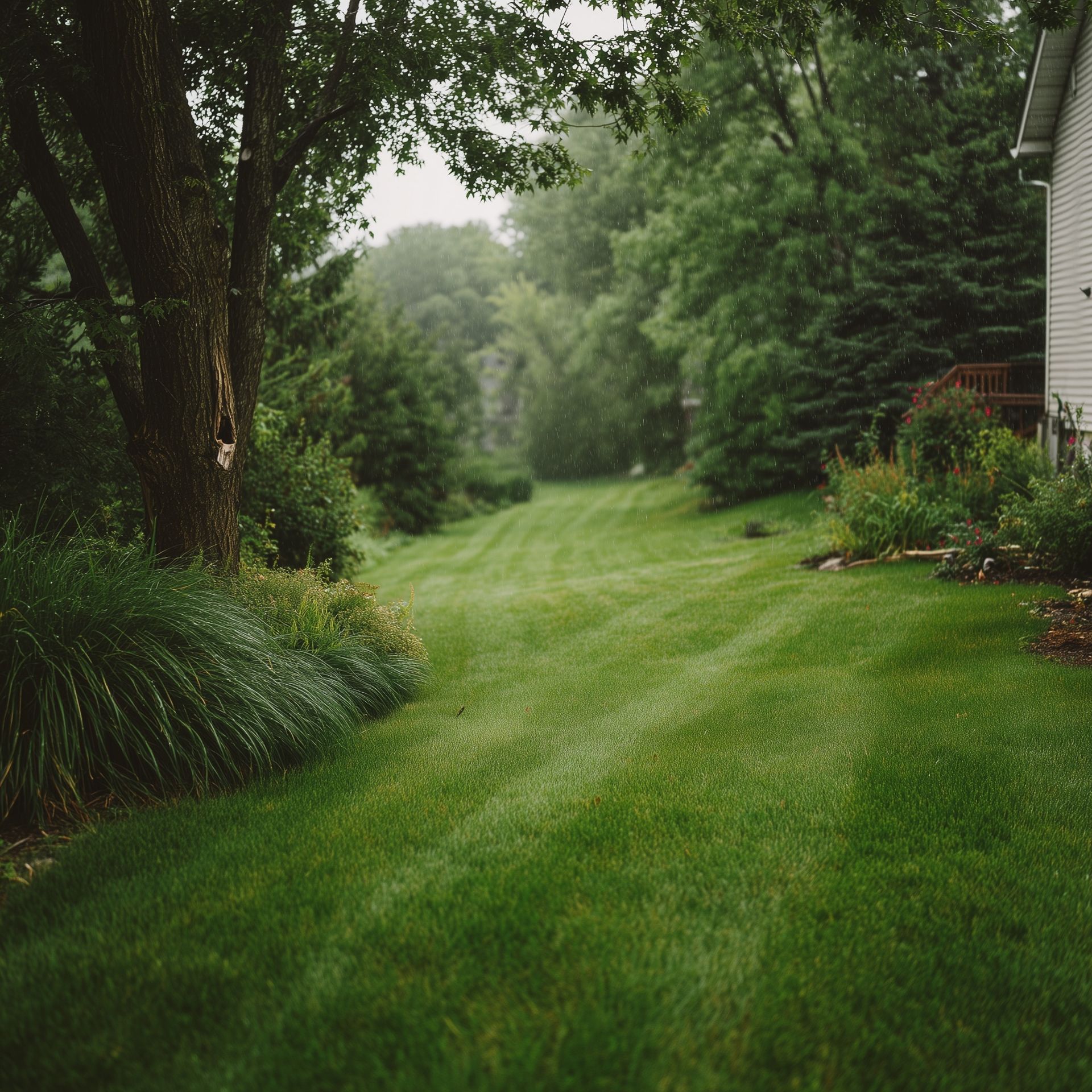
Solutions for Properties in Minnetonka You can always tell a Minnetonka yard that’s fighting its slope. Water doesn’t lie, it finds the weak spots every time. I’ve walked plenty of properties where a backyard starts beautiful in June, but by September, the patio is heaving, the grass near the pool looks like a marsh, and the homeowner is wondering how it got so bad so fast. The truth is, when you’re dealing with rolling terrain and heavy clay soils like we have around Minnetonka, you can’t just move dirt and hope gravity behaves. You need a plan that manages water from the surface all the way down through the subsoil. This is what I’ll walk you through here. You’ll see what actually causes drainage issues on sloped properties, how poor planning leads to cracked patios and shifting pool decks, and the smart drainage systems that can stop those problems for good. Whether you live near Lake Minnetonka or up in the higher ridges closer to Deephaven or Woodland, understanding how your yard sheds water is the difference between a property that lasts and one that’s constantly under repair. The Real Challenge of Sloped Minnetonka Yards Minnetonka is known for its hills, lakefront properties, and mature trees, but all that beauty comes with a set of challenges below the surface. Most of the soil here is dense clay. It holds water like a sponge and drains slowly, which means after every heavy rain, that water looks for a way downhill. If it doesn’t have a proper outlet, it ends up collecting right where you don’t want it, like along your patio, at the base of a retaining wall, or near your pool deck. I see this every season: homeowners trying to solve slope problems with a quick regrade, a layer of rock, or a simple surface drain. Those things might help for a while, but they don’t address what’s really happening underground. Clay soil doesn’t just get wet—it becomes saturated, expanding and contracting with every freeze-thaw cycle. When that happens under a patio or wall, it doesn’t matter how well-built the surface looks. The ground will move, and that movement cracks stone, shifts pavers, and slowly tears apart everything on top. The other challenge with sloped lots is how water interacts with gravity. It accelerates downhill, gaining momentum as it goes. When it hits a flat area like a patio, the water loses speed but not volume, pooling instead of flowing. That’s why I tell clients that “flat spots” on a sloped property are both an opportunity and a responsibility. They’re the best spaces to create usable outdoor areas, but they have to be engineered to handle water movement. I’ve worked on plenty of Minnetonka yards where the backyard has a beautiful view but terrible grading. You can have a perfect slope on paper, but if it directs water toward your house or creates a bowl effect between structures, you’ll end up with soggy soil and standing puddles that never dry. The goal is to move water off and away while keeping the surface level enough for comfort and usability. It’s a fine balance, but when it’s done right, it completely transforms how a property functions.



